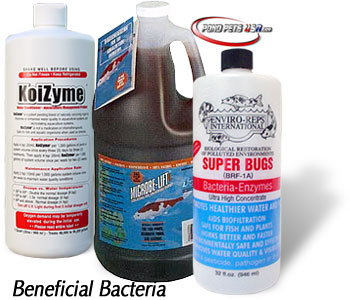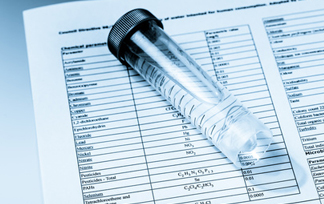
Winterizing Your Koi Pond: A Comprehensive Guide to Keeping Your Fish Safe and Healthy
Introduction
Koi ponds can be a beautiful addition to your backyard, providing a serene and peaceful atmosphere. However, as the winter months approach, it’s essential to take the necessary steps to protect your koi fish and ensure they stay healthy throughout the winter.
Winterizing your koi pond involves preparing it for the cold and harsh weather conditions that can affect the water quality, oxygen levels, and fish health. In this article, we’ve put together a comprehensive guide on how to winterize your koi pond, covering all the essential steps required to keep your fish safe and healthy during the winter months.
Step 1: Clean and Prepare Your Pond
The first step in winterizing your koi pond is to clean it thoroughly and prepare it for the winter months. Start by removing any debris, leaves, or plants that have fallen into the water. Excessive organic matter can disrupt the water’s natural balance by increasing the nitrogen levels and promoting the growth of harmful bacteria.
Additionally, you should check your pond’s pH and ammonia levels using a test kit to ensure they’re within their optimal range. A pH between 7.2 and 8.2, and ammonia levels less than 0.5 ppm, are ideal for koi fish.
- Remove any debris, leaves, or plants from the water using a pond skimmer
- Use a pond vacuum to remove any settled dirt, debris, or sludge from the bottom of the pond
- Check the pH and ammonia levels using a test kit and adjust if necessary

Step 2: Switch to Winter Fish Food
During the winter, your fish’s metabolism slows down, which means they require less food to sustain themselves. Switching to a specialized winter fish food will ensure that your koi fish receive the necessary nutrients without overfeeding them, which can lead to health problems.
Winter fish food has a higher wheat germ content which is easier to digest for fish in cold water temperatures. It also contains less protein and fat, preventing the build-up of excess waste that can lead to reduced water quality.
- Switch to a specialized winter fish food with a higher wheat germ content
- Feed your fish once per day, slowly decreasing the amount as the temperature drops

Step 3: Install a De-Icer
One of the biggest threats to your fish’s health during the winter is ice formation on the pond’s surface, which can trap harmful gases and impede oxygen exchange. Installing a de-icer or pond heater can prevent this from happening by keeping a small portion of the water’s surface open and allowing for proper gas exchange.
There are many different de-icer options available, including floating, submersible, and bottom-mount models. Choose the type that best suits your pond’s configuration and size.
- Install a de-icer or pond heater to prevent ice formation
- Choose the type of de-icer that best suits your pond’s configuration and size

Step 4: Add Beneficial Bacteria
Winter is a good time to boost your pond’s beneficial bacteria population as they work to break down organic matter and prevent the buildup of toxic ammonia and nitrite in the water.
Beneficial bacteria will also help to keep your fish healthy by improving their immune system and reducing the risk of bacterial and viral infections.
- Add beneficial bacteria to your pond’s water by using a treatment product
- Add bacteria during the fall months to encourage their growth before winter arrives

Step 5: Monitor Water Quality
Winter can be a challenging time for your pond’s water quality, and frequent monitoring is essential to ensure that your fish remain healthy and safe.
Regularly check your pond’s temperature, pH, ammonia, nitrite, and nitrate levels throughout the winter months. Rapid changes in any of these factors can indicate a problem that needs attention.
- Check your pond’s temperature, pH, ammonia, nitrite, and nitrate levels regularly
- Maintain your pond’s water quality through regular testing and adjustments

Conclusion
Winterizing your koi pond is a crucial step to protecting your fish and ensuring they remain healthy throughout the winter months. By following these essential steps, you can prepare your pond and fish for the cold and harsh weather conditions, providing them with the best chance of survival and growth.
With proper preparation and care, your koi pond can remain a beautiful and peaceful oasis during the winter, bringing joy and tranquility to your backyard even in the coldest months.